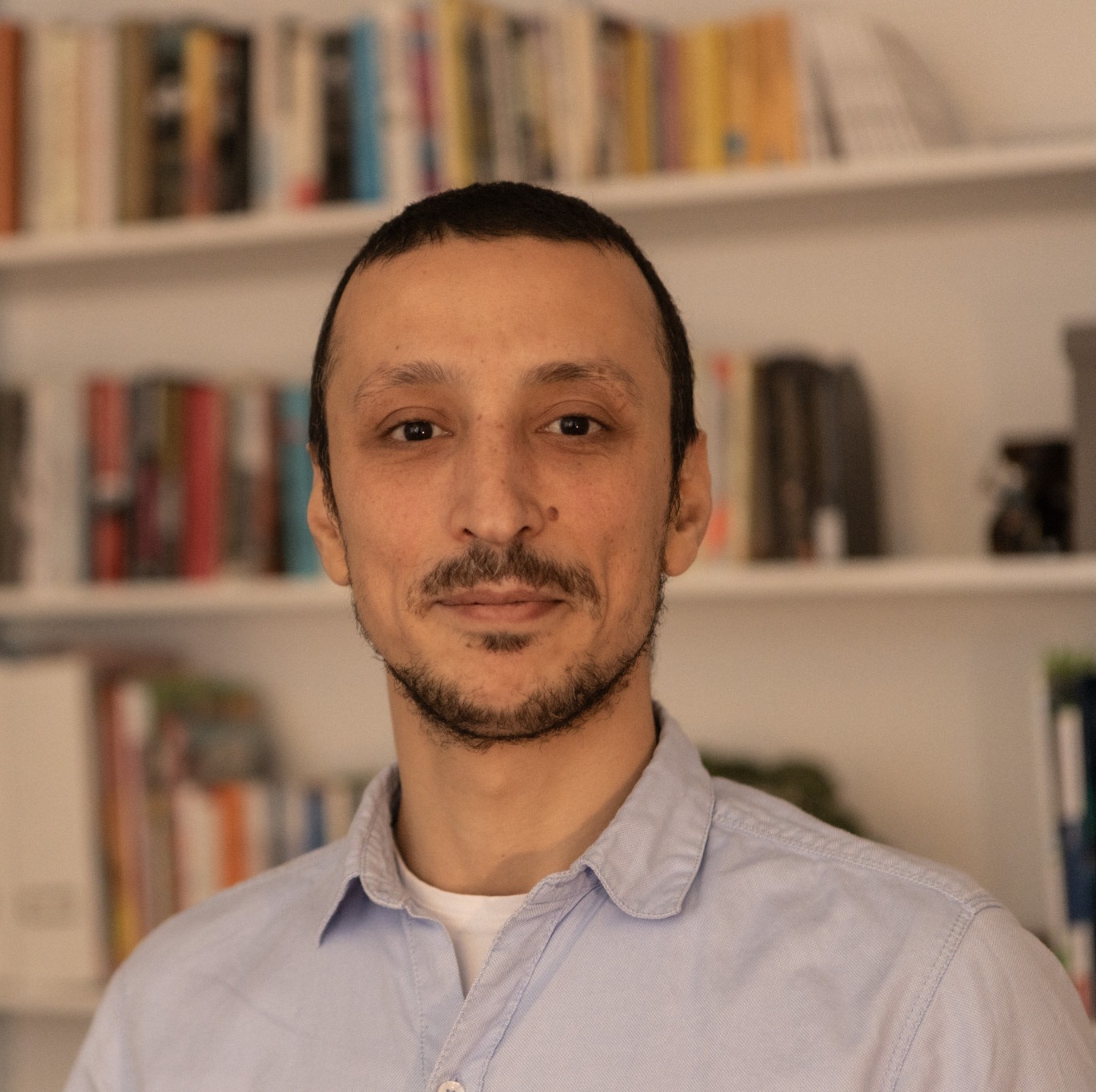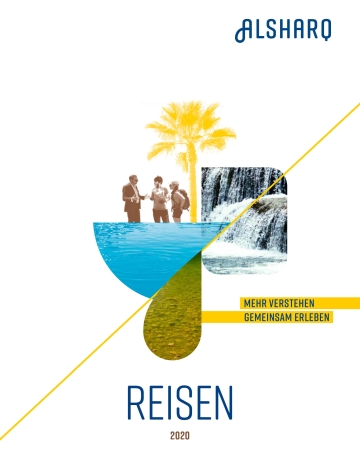Umm Kulthum was more than a singer—she was the voice of the Arabic-speaking world. With unmatched emotional depth, she shaped modern Arabic music, strengthened national identity, and left a cultural legacy that still resonates today.
Take a walk in an old town in the West Asia or North Africa on a quiet evening, you will certainly hear, not too loud and not too quiet, coming from houses or cafes, the sound of an old recording of a woman singing. Her voice is incredibly strong, clear, and dignified, and if you take a moment and listen closer, you might feel awe welling from your lower chest up to the top of your head. If you understood Arabic, the lyrics would inevitably draw a smile to your face and remind you of how you felt when you looked up thinking, “I’m in love!”. This is a daily experience for millions of Arabs from the Atlantic Ocean to the Persian Gulf.
While it is difficult to define Umm Kulthum’s status in Arab culture, it is possible to attempt a brief biography of her and a description of her time and position.
Of Humble Beginnings
Born in 1904 in the province of Mansura in Egypt, Umm Kulthum possessed an extraordinary vocal talent from an early age and received training at home–an education that would make her the best singer in the Arabic-speaking world of all time.
Her father, an Imam, practiced inshad–the art of reciting the Qur'an and religious poetry–on special occasions like Islamic festivities or private ceremonies such as births, weddings, and funerals. Recognizing his daughter's exceptional vocal abilities, he began teaching her his craft. Before long, she was standing alongside him and her brother performing inshad for the public.
Mastering inshad requires knowledge of tajweed, the intricate linguistic art governing the precise pronunciation of Arabic. With nearly as many tajweed rules as there are letters in the alphabet, mastering this discipline is rare–even among fluent Arabic speakers. Umm Kulthum was one of the few who not only knew tajweed but excelled in it.
Rise to Fame in Cairo
A music composer called Abu el-Ila Muhammad immediately recognized her talent when he heard her for the first time at a public event. In 1921, when she was no more than 17 years old, she moved to Cairo, where the music scene was already well-developed.
After Muhammad Ali Pasha took over Egypt’s rule from the French in 1805, his descendants built royal courts in European style and an opera house, and, developed higher musical education. By the time Umm Kulthum arrived in Cairo, these institutions had already produced generations of singers and composers, and many smaller theaters and music venues had established a culture in which aspiring singers and musicians could perform. Umm Kulthum's first concert in Cairo is believed to have taken place in such a venue in 1923.
Among her songs from the 1920s, some stand out, such as Ifrah Ya Albi (engl.: Rejoice, My Heart), it has a touch of Andalusian Sufi melody. She was to gain more and more popularity and in 1935 she finally sang at the Opera House. From there on, she would become a regular guest to the Egyptian royal family and Cairo’s elite.
Ordinary people flocked to her concerts from all over Egypt after her songs were popularized by the radio and vinyl records that were introduced a decade earlier. By the end of the 1930s, Umm Kulthum was undisputedly Egypt’s leading singer. Poets and music composers from Egypt and the wider Arabic-speaking world competed to write songs for her. Composers also wrote music to ancient poems for her to sing; the most prominent of these works was Ruba’iyat Al-Khayyam, (engl.: Quartets of Khaiyam). For this, composer Riyad al-Sunbati collaborated with contemporary poet Ahmad Rami to create a song from poems by 11th-12th century Sufi poet Omar al-Khaiyam, a poetic figure close to Jalaluddin al-Rumi. This competition between poets and composers led to every song being a major musical achievement comparable to the works of European classical composers. By the time Egypt entered the 1950s, Umm Kulthum was already at the top of her career, but more was to come.
Role in National Identity and Politics
In 1952, when the monarchy in Egypt was overthrown by the Free Officers’ revolution, Gamal Abdel Nasser became president. When he noticed that the state radio was not broadcasting Umm Kulthum’s songs anymore, he called the radio authority, who had thought it would be appropriate to ban the beloved singer’s songs. Nasser’s answer: “Well, then I’ll send you a force today and you can go demolish the pyramids!”, meant that banning Umm Kulthum from broadcasting was just as absurd as demolishing the pyramids. Umm Kulthum was later given the title of “Egypt’s fourth Pyramid”.
Umm Kulthum was now celebrated by the new regime. Soon after, Nasser invited her and Muhammad Abdulwahab, another titan of Egyptian song and music, and asked them to do a feature. Their cooperation resulted in the song Enta Omri, (engl.: You are my life). This is merely the introduction of the original song, which is a 58-minute-long work of utter brilliance. Such long songs were Umm Kulthum’s hallmark.
She even let Nasser and Great Britain forget their animosity. In 1954 she needed to travel to Lebanon for urgent health matters. Due to an unusual blizzard, no commercial airplanes could land at Beirut airport. A British military airplane was quickly and unbureaucratically arranged to fly from Jordan, enter Egypt, all to carry Umm Kulthum to her doctor’s appointment in Beirut.
International Stature
In 1966, the Olympia Theater owner, Bruno Coquatrix, went to Egypt and signed a contract with Umm Kulthum for two concerts in Paris in October 1967. By the time the news reached the Arabic-speaking community in Europe, people were phoning non-stop to book tickets. French audiences, intrigued by the buzz, bought 20 percent of them. Ticket prices on the black market reached 300 Francs (equivalent to 449 Euros today), and Coquatrix had to start selling standing-room tickets for about 60 Francs (equivalent to 80 Euros today) because the theater had only 2.200 seats. Her international stature started here.
In July, a few months prior to the planned concerts, Israel launched a surprise attack against Egypt and destroyed the Egyptian air force on the tarmacs. Days later, Israel controlled the whole of the Sinai Peninsula. The Six-Day War had taken place. While Egypt was experiencing the shock of utter defeat, Umm Kulthum announced a tour, the One Million Tour. She sang in 24 Egyptian cities, the proceeds were going to be used to rebuild the Egyptian army. She also led a campaign of gold donations that gathered over 100 kilograms of gold for the state and founded the National Association of Egyptian Women to support the afflicted families. All that led to the delay of the Paris concerts for one month, causing a stir in the Arabic-speaking community in France, but attracted even more media coverage.
When she finally arrived at Le Bourget airport in Paris, journalists were waiting for her. She told Bruno Coquatrix that she would start by singing three songs, but ended up performing five. People were awe-struck. Le Monde described her as “the star of the Orient”. For the second concert, tickets were also sold for standing room in the corridors outside the theatre. Arabic-speaking immigrant workers shared their admiration with well-known movie stars, ambassadors, and even the King Hussein of Jordan. Part of the magic of her singing are the repeated parts of the song. Once and then again, and again, each time changing the verse only slightly. Listeners entered a trans-like state called tarab while listening and would wait to be surprised by these changes. Tarab describes this state of ecstatic joy while listening to music. Even the French audience would enjoy the music without understanding the lyrics.
Cultural Resonance and Eternal Legacy: Umm Kulthum as the Voice of Arab Identity
September 1970, Nasser died. Umm Kulthum entered a state of depression but kept singing until her own death in 1975. At her funeral, 4 million Egyptians lifted her coffin and roamed with it through Cairo for hours before taking it to the family tomb in the Imam al-Shafi’i mausoleum.
Umm Kulthum was not merely a singer; she was a cultural phenomenon. Five decades later, no Arabic-speaking singer has even come close to her status. Her voice became a unifying force across the Arabic-speaking world. Through her songs, she tapped into the collective psyche, articulating themes of love, longing, patriotism, and resilience that resonated with audiences from Casablanca to Baghdad. Her artistry went beyond music, symbolizing an Arab identity deeply rooted in shared language, history, and emotional expression.
Her ability to elevate poetry through music was central to her iconic status. Collaborating with poets like Ahmad Rami and composers like Riyad al-Sunbati, she bridged classical Arabic literature with modern sensibilities. Her rendition of ancient works, such as Ruba’iyat Al-Khayyam, transformed ancient poetic texts into popular cultural artefacts. This ability to unite the intellectual and emotional dimensions of Arab culture made her a singular figure, embodying a form of cultural preservation and renewal.
Umm Kulthum's prominence coincided with significant political transformations in Egypt: the 1952 revolution and the rise of pan-Arabism under Gamal Abdel Nasser. Her support for Nasser and the Egyptian cause –tied to notions of national pride and resistance– makes her a cultural ambassador and a symbol of resilience during a turbulent era. Her performances created moments of tarab, transcending language barriers and social divides. Decades after her death, her songs remain a testament to a shared cultural heritage, a reminder of an era when art served as both a refuge and a rallying cry for unity.




















